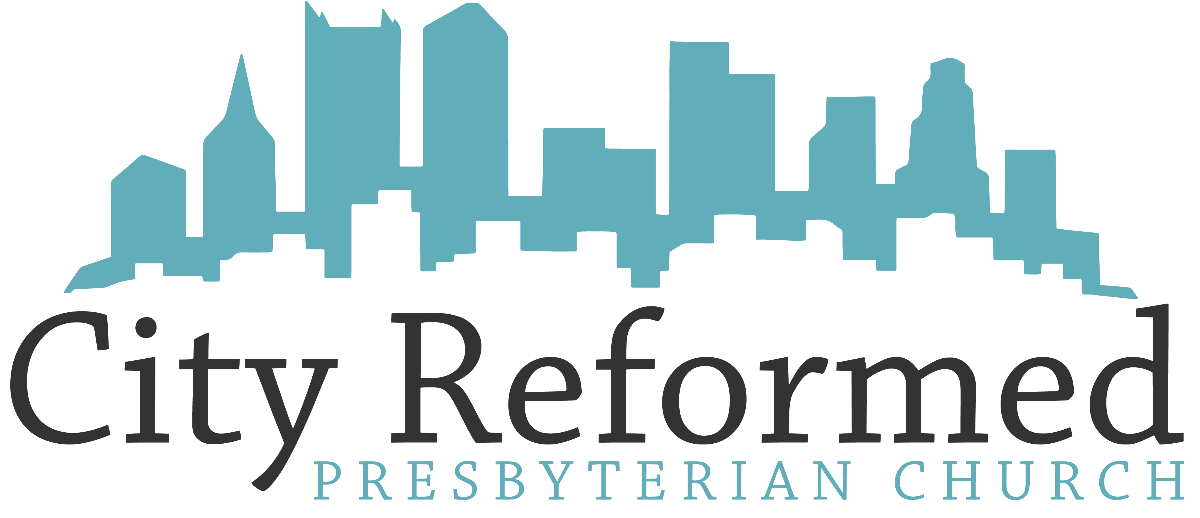(Good Friday)
Today is the day that Christians remember the death of Christ. “Good Friday” may seem like a strange name to commemorate the death of the Messiah. Certainly, his first century followers did not see it as “good” when it was happening. The actual event was horrible. Jesus was beaten, rejected, abandoned, and crucified. Unlike modern forms of capital punishment, which seek to be as painless as possible, crucifixion was intended to be the most painful and humiliating death imaginable so as to be an effective deterrent. But, the day is good because we understand that Jesus was judged in our place. Though he was innocent of sin against God or against his fellow man, he stood in our place and received the just judgment of God on our behalf.
That is why we can read the closing chapters of the book of Revelation without being crushed by them. Chapters 18-20 show the judgment of God against the whole earth. First we see the destruction of Babylon (Rev 18), the quintessential “city of man.”[1] Then we have an invitation to the wedding supper of the lamb – beautiful for those who are waiting for Jesus, but terrible for those who oppose him, becoming the feast for the vultures. Jesus arrives as the rider on a white horse and soundly defeats his enemies and they are thrown into the lake of fire. In chapter 20, we see the story of Satan’s defeat which culminates in a great battle and the complete victory of Jesus.[2] At this point, all of the enemies of Jesus have been put under his feet (I Cor. 15:24-25.) Then the story shifts to the end of history. The dead are raised and every person stands before God in judgment. They give account for their deeds and words. Then judgment is enacted on all humans, and death itself is destroyed. In all of these things, we see the just judgment of God against evil. Removing evil from the earth is a good thing. But, how do we know that this judgment will not fall on us as well?
The good news in the final judgment is that for some people, their name is recorded in “the book of life” (Rev. 20:12.) The phrase “book of life” is used by Paul (Phil. 4:3), and was referenced earlier in Revelation in connection with the salvation of Jesus. Christians are those whose names have been “written before the foundation of the world in the book of life of the Lamb who was slain.” The reason that we have hope in the final judgment is because of Good Friday. If we were to stand before God on our own, and if the only record of our life was our own actions and words, then we would surely perish. But the salvation of God is extended to those who are connected to Jesus by faith. Their sins are forgiven, because their sins were already judged in Jesus. The gates of paradise are opened to the humble through the mercy of God. It is a “good” Friday.
Reflect: In one of the great songs of the church we sing, “It was my sin that held him there.” It is a powerful activity to personalize the cross and own this for ourselves.
Connect: This theme is central to our understanding of the gospel.
II Cor. 5:21 For our sake he made him to be sin who knew no sin, so that in him we might become the righteousness of God.
[1] There is considerable debate about the identity of “Babylon” in Revelation 18. Everyone agrees that it is used metaphorically to describe a wicked city. Those who hold a preterist view (see Excursus) would link this city to Rome or Jerusalem. Amillennial interpreters understand this to represent humanity in its assembled rebellion against God and not one particular city. It is therefore the counterpart to the “City of God”, which is present in partial form as the church gathers, but only fully realized at the end of history (Rev. 21).
[2] Returning to the topic of “when” this happens, the sequencing of chapters 18, 19, and 20 is particularly hard. One way of reading the text is to see the prophetic images of Revelation 18,19 and 20 as separate sequential events, following one after another. Preterist interpreters might see them as a sequence of events largely in the past, while Premillennial interpreters would see them as largely a future sequence of events. However, another way of reading the text is to see them NOT as things that happen one after another, in sequence. Instead, they can be viewed as different pictures of essentially the same thing. In that reading (Amillennial), the binding of Satan is a picture of something that happens at the beginning of the church age and is linked to the death and resurrection of Jesus. Therefore, this is not meant to be read in sequence as if it happens after the great battle with the rider in white. Instead, it may be intended to show the same great and final battle from a different perspective. In this reading, the rider in white who slays his enemies with a sword, and the fire from heaven which wipe out the enemies of God are different ways of looking at the same thing. All of this may connect to the “battle of Armageddon” (Rev. 16:16.) Either way, there is agreement that we expect final judgment to be proceeded by a great battle in which Jesus is victorious over his enemies. What that battle would actually look like in time and space… no one can know.
